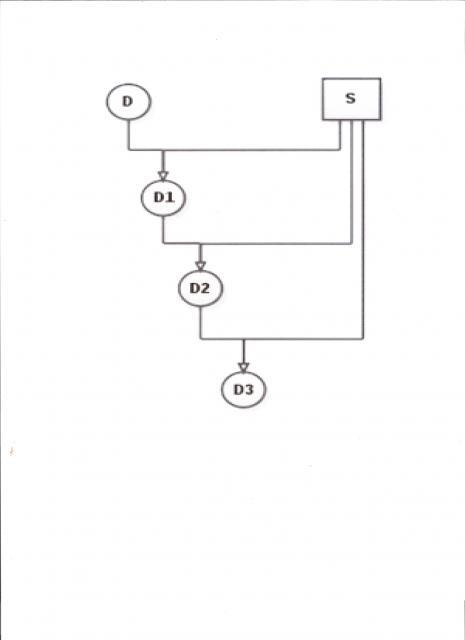Chickielady wrote:
kathyinmo wrote:
Are Cuckoo Marans Heritage Large Fowl?
Look at any breed and ask of it the following:
Heritage Chicken must adhere to all the following:
1. APA Standard Breed. Heritage Chicken must be from parent and grandparent stock of breeds recognized by the American Poultry Association (APA) prior to the mid-20th century; whose genetic line can be traced back multiple generations; and with traits that meet the APA Standard of Perfection guidelines for the breed. Heritage Chicken must be produced and sired by an APA Standard breed. Heritage eggs must be laid by an APA Standard breed.
2. Naturally mating. Heritage Chicken must be reproduced and genetically maintained through natural mating. Chickens marketed as Heritage must be the result of naturally mating pairs of both grandparent and parent stock.
3. Long, productive outdoor lifespan. Heritage Chicken must have the genetic ability to live a long, vigorous life and thrive in the rigors of pasture-based, outdoor production systems. Breeding hens should be productive for 5-7 years and roosters for 3-5 years.
4. Slow growth rate. Heritage Chicken must have a moderate to slow rate of growth, reaching appropriate market weight for the breed in no less than 16 weeks. This gives the chicken time to develop strong skeletal structure and healthy organs prior to building muscle mass.
Chickens marketed as Heritage must include the variety and breed name on the label.
Terms like heirloom, antique, old-fashioned, and old timey imply Heritage and are understood to be synonymous with the definition provided here.
Are Cuckoo Marans Heritage Large Fowl?
I have no idea !
These birds were taken to a feed store south of Santa Rosa (CA)and put on consignment by an old couple who breed and hatched the chicks.
I may be able to call said feed store and ask if they remember the poeple who brought these birds in for sale..All I know is they are fantastic layers and are some of the very rare that are French, so I am trying to get the feathered shanks and toes back in the line,
Thanks for looking.
No. They're not. Marans them self are not even accepted to the APA, were not brought to America until recently, and there's no way of telling if the Cuckoos you know of were bred to the SOP throughout their generations. Not meaning to offend, just clarifying.
These birds were taken to a feed store south of Santa Rosa (CA)and put on consignment by an old couple who breed and hatched the chicks.
I may be able to call said feed store and ask if they remember the poeple who brought these birds in for sale..All I know is they are fantastic layers and are some of the very rare that are French, so I am trying to get the feathered shanks and toes back in the line,
Thanks for looking.
No. They're not. Marans them self are not even accepted to the APA, were not brought to America until recently, and there's no way of telling if the Cuckoos you know of were bred to the SOP throughout their generations. Not meaning to offend, just clarifying.
Look at any breed and ask of it the following:
Heritage Chicken must adhere to all the following:
1. APA Standard Breed. Heritage Chicken must be from parent and grandparent stock of breeds recognized by the American Poultry Association (APA) prior to the mid-20th century; whose genetic line can be traced back multiple generations; and with traits that meet the APA Standard of Perfection guidelines for the breed. Heritage Chicken must be produced and sired by an APA Standard breed. Heritage eggs must be laid by an APA Standard breed.
2. Naturally mating. Heritage Chicken must be reproduced and genetically maintained through natural mating. Chickens marketed as Heritage must be the result of naturally mating pairs of both grandparent and parent stock.
3. Long, productive outdoor lifespan. Heritage Chicken must have the genetic ability to live a long, vigorous life and thrive in the rigors of pasture-based, outdoor production systems. Breeding hens should be productive for 5-7 years and roosters for 3-5 years.
4. Slow growth rate. Heritage Chicken must have a moderate to slow rate of growth, reaching appropriate market weight for the breed in no less than 16 weeks. This gives the chicken time to develop strong skeletal structure and healthy organs prior to building muscle mass.
Chickens marketed as Heritage must include the variety and breed name on the label.
Terms like heirloom, antique, old-fashioned, and old timey imply Heritage and are understood to be synonymous with the definition provided here.






